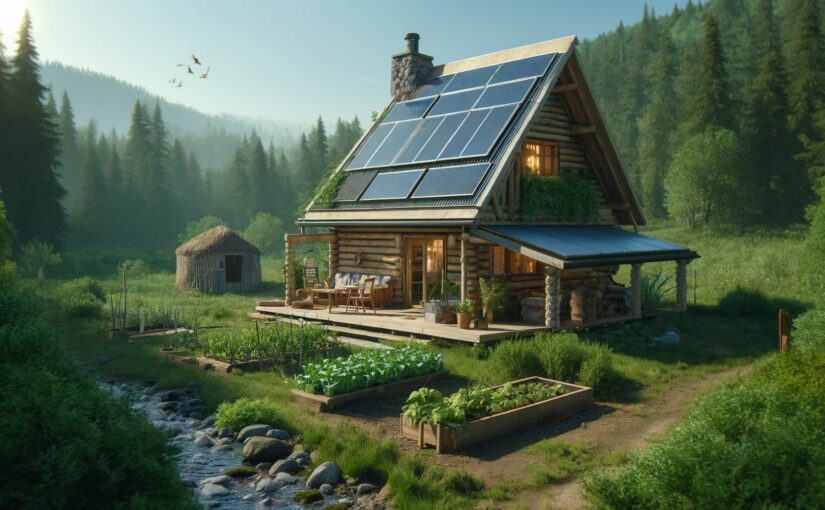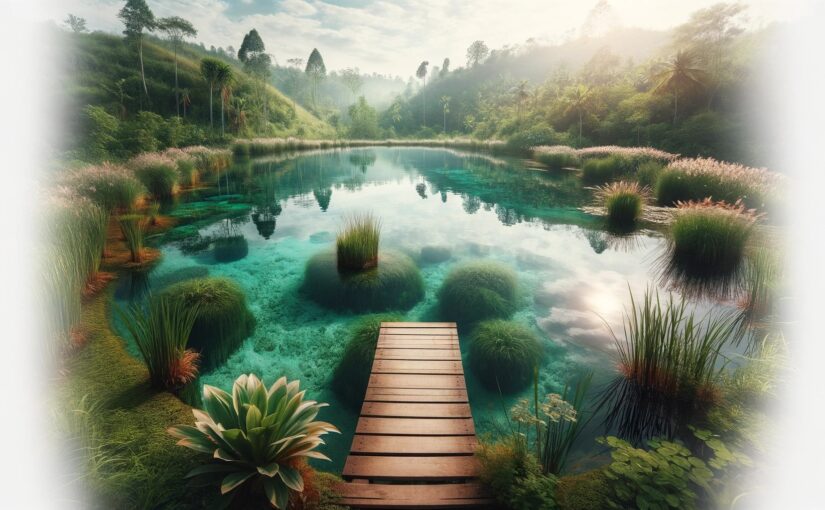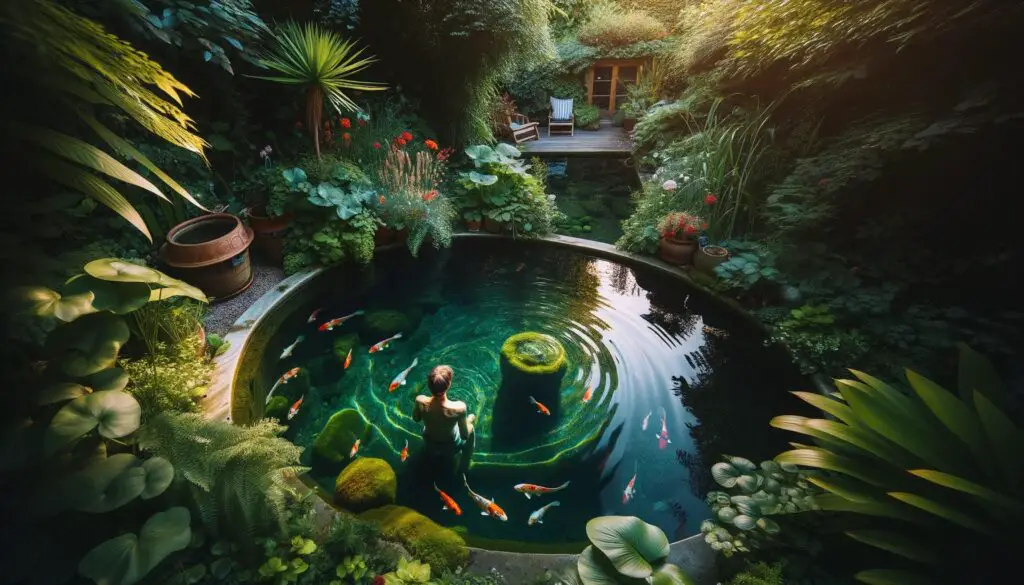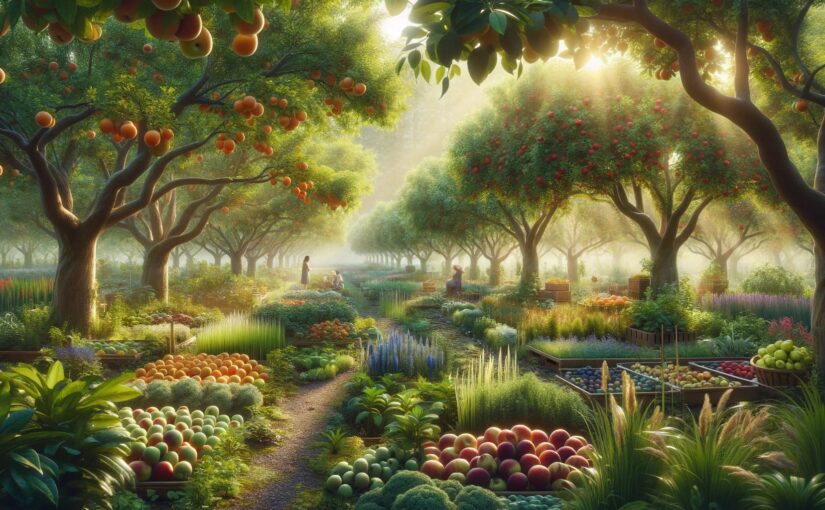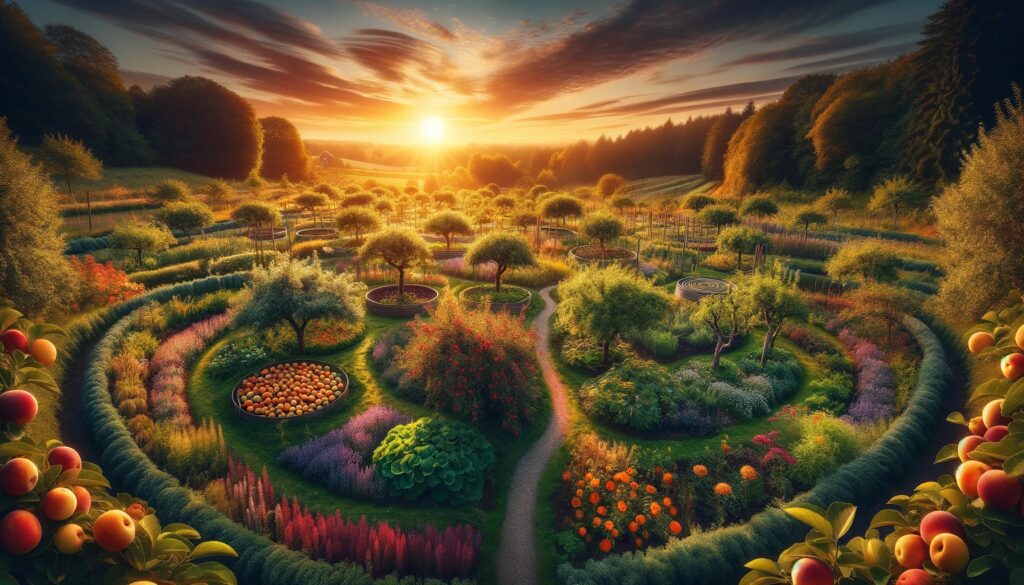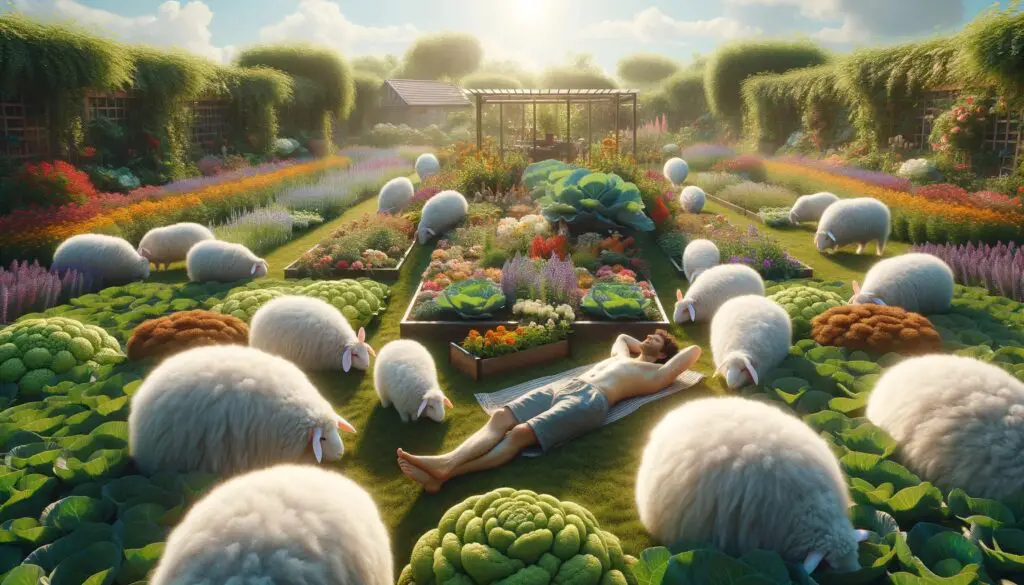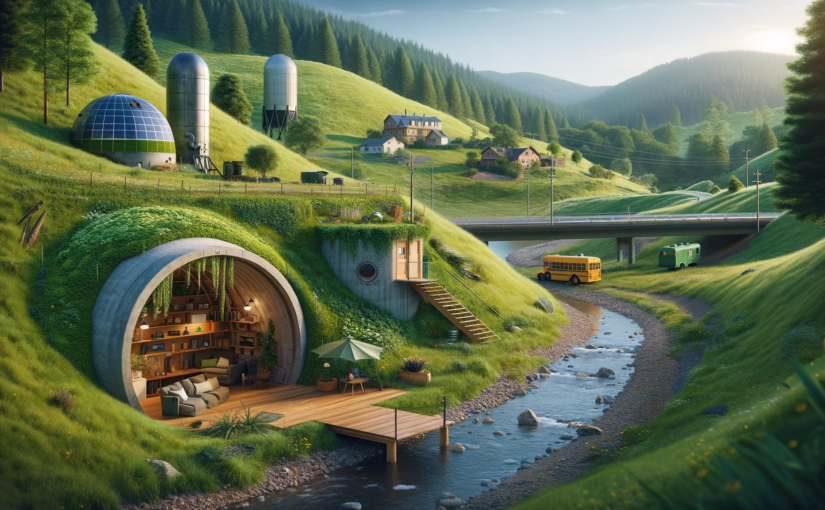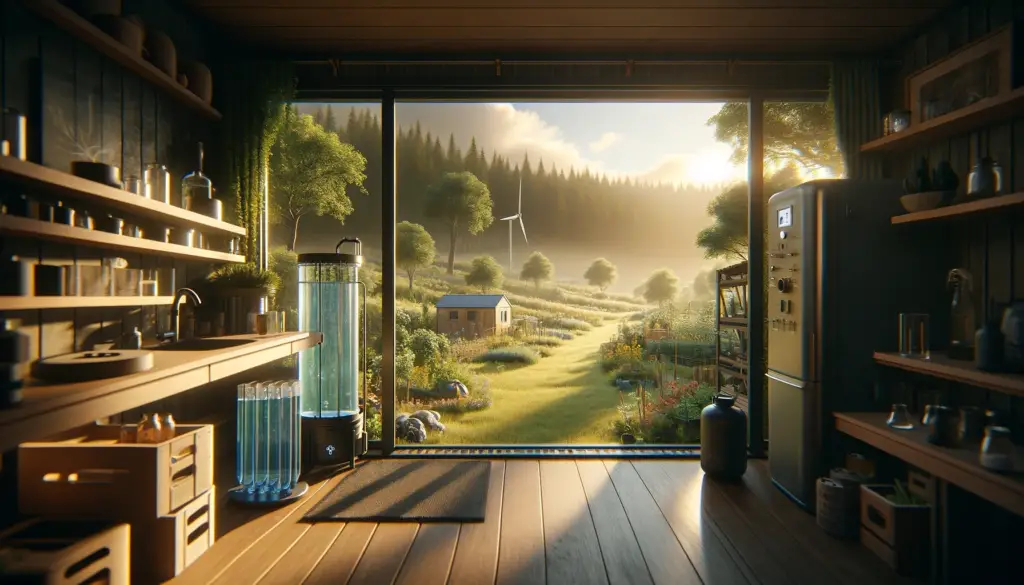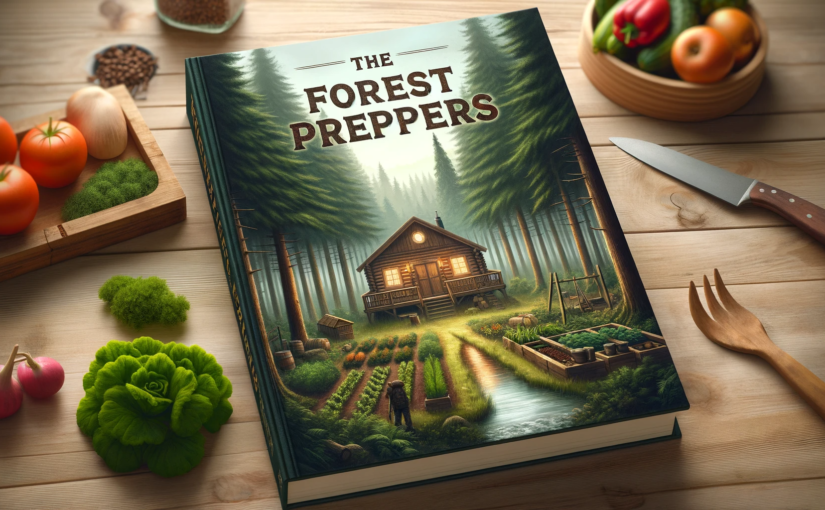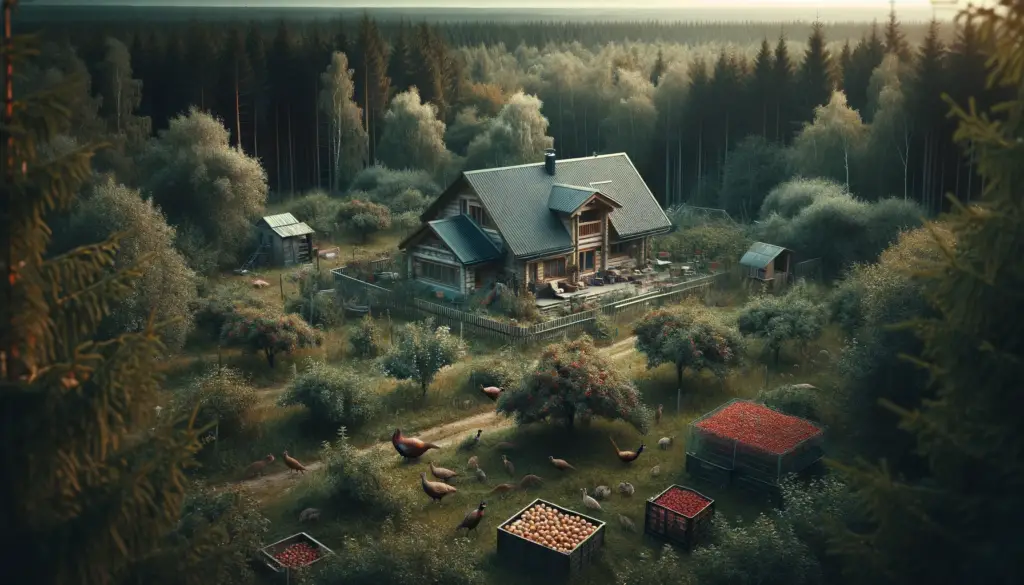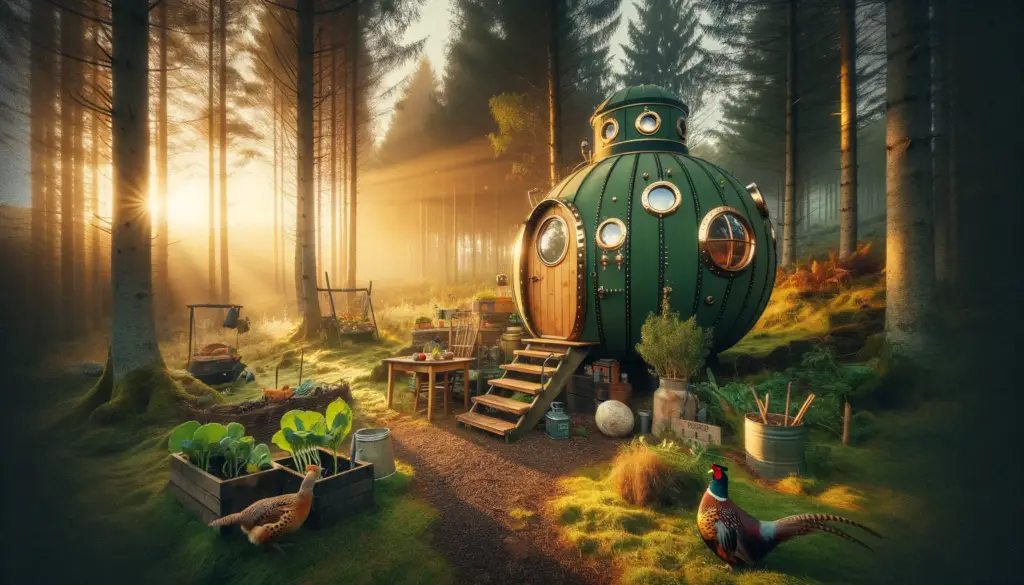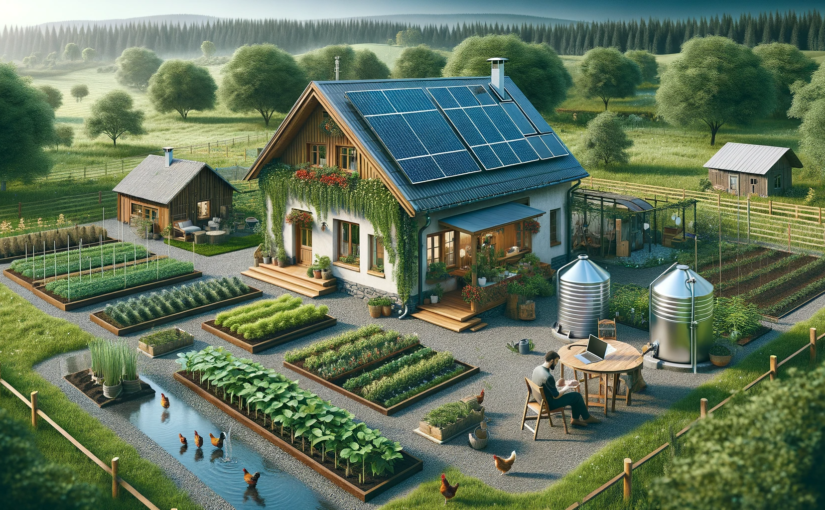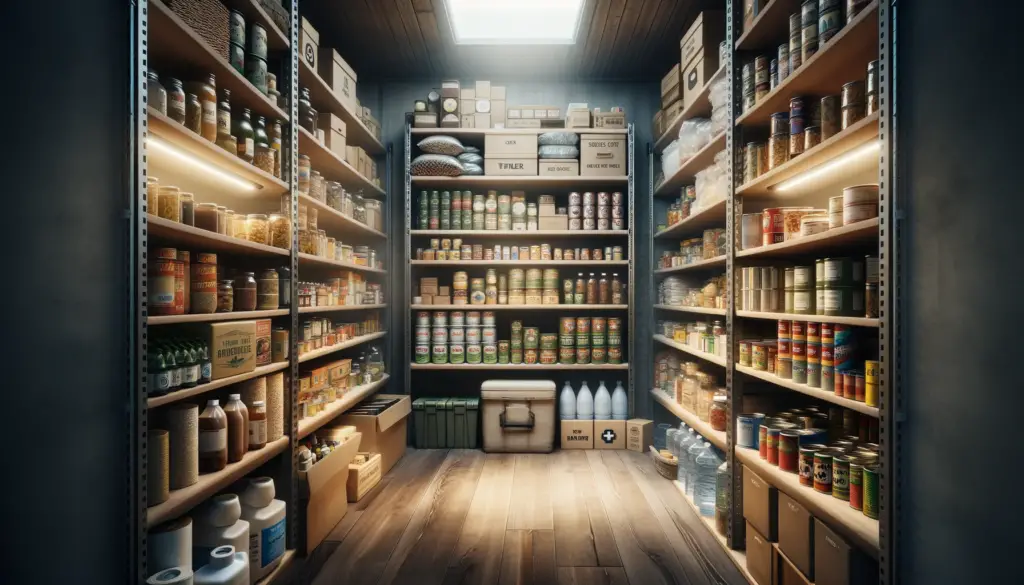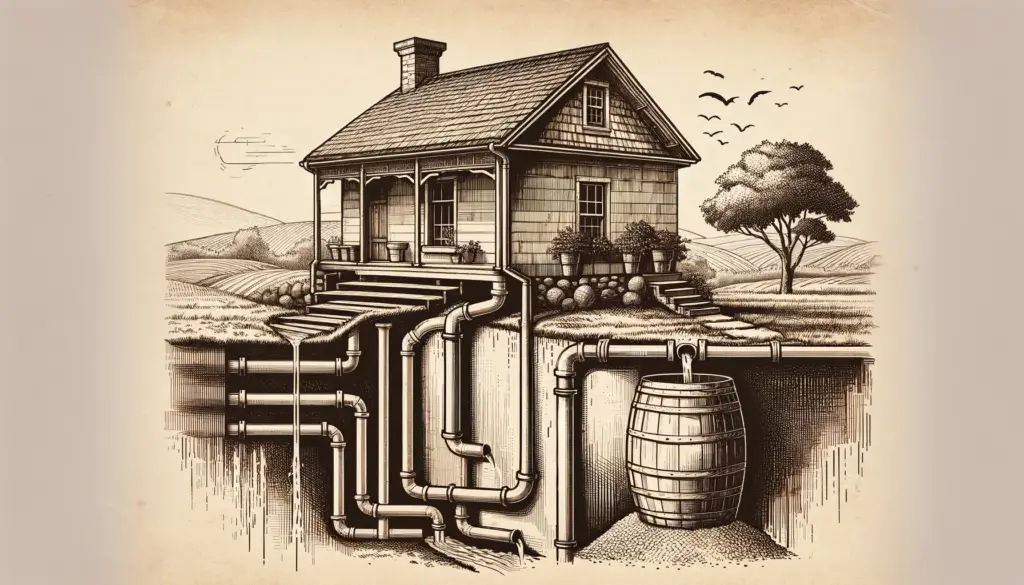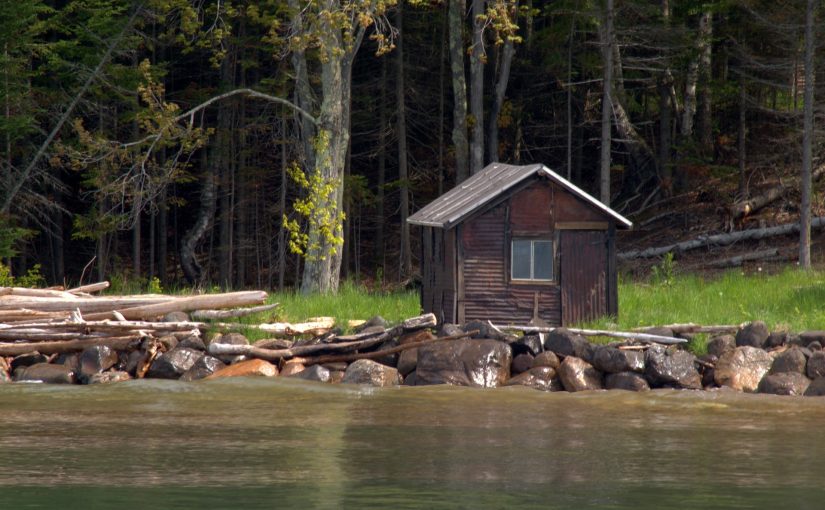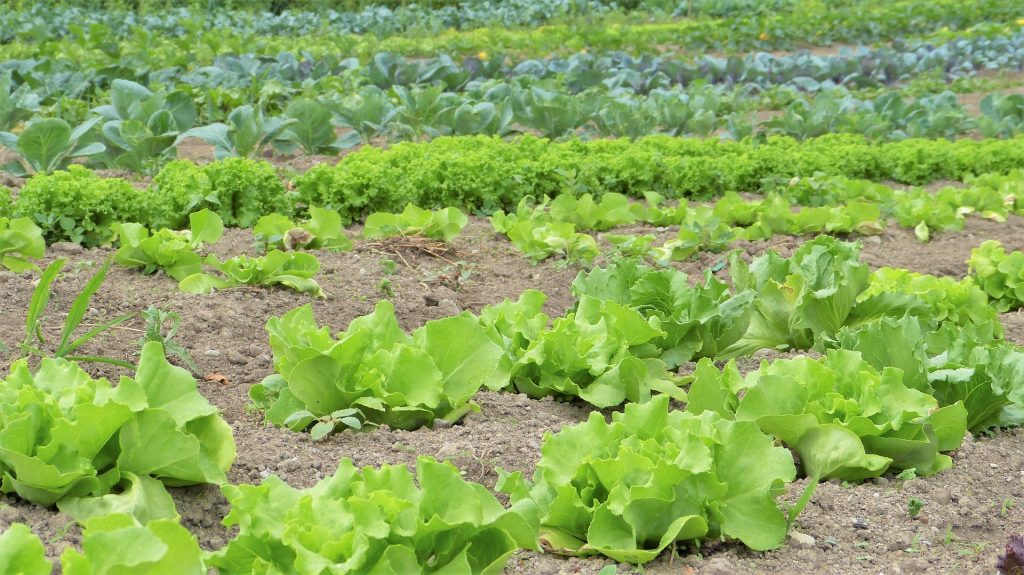Ever fantasized about having your own little escape pod when the world seems a tad too loud? No, we’re not talking about blasting off to Mars (yet), but something a bit more down-to-earth: survival retreats. Imagine a cozy hideout nestled in nature, where the only notifications you get are from the chirping birds. Sounds dreamy, right? Let’s see how you can create your very own sanctuary.
Why a Survival Retreat?
In a nutshell, a survival retreat is your back-to-basics haven, designed to keep you safe and sound, away from the hustle and bustle. It’s not just about surviving; it’s about thriving in your own slice of paradise, even when the rest of the world is in a pickle.
Picking the Perfect Spot
Location, location, location! You want a spot that’s secluded enough to give you peace, yet accessible enough so you’re not reenacting your favorite survival drama series. Think about water sources, the lay of the land, and, yes, even the soil quality. You might not be a farmer now, but who knows what hobbies you’ll pick up when you’re enjoying your retreat?
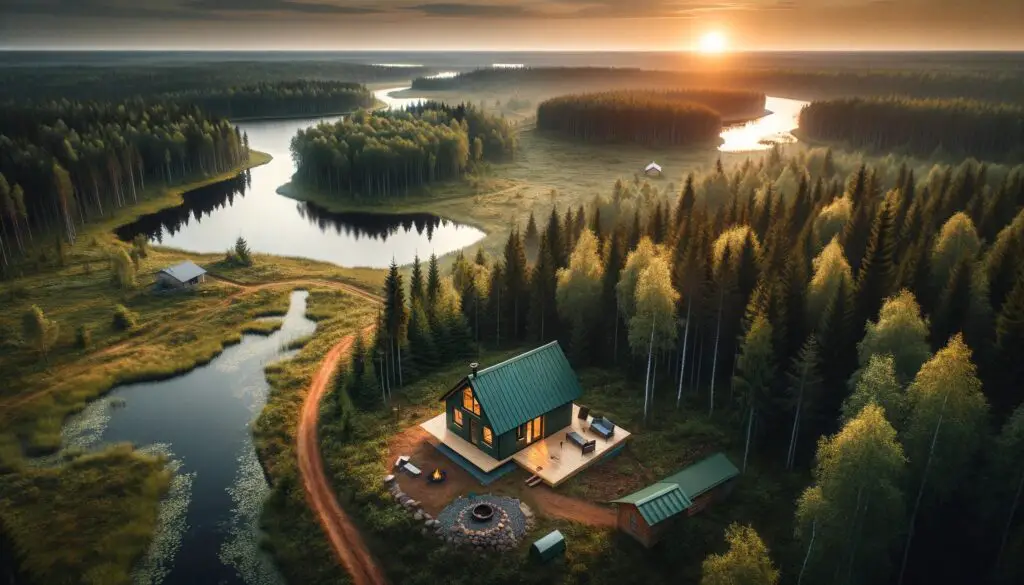
Building Your Retreat
When building your survival retreat, think sturdy, sustainable, and snug. Renewable energy sources like solar panels aren’t just for show; they’re your lifeline. And let’s not forget rainwater harvesting systems – because nothing beats the taste of pure, unadulterated H2O.
What Not to Do: The Overkill Overhaul
Here’s a fun example of what not to do: turning your retreat into a fortress worthy of a medieval siege. Yes, security is crucial, but if your home looks more like a scene from “Fortnite,” you might be doing it wrong. Balance is key. You want a retreat, not a repellant.
Living the Retreat Life
Once your survival retreat is set up, it’s all about enjoying the fruits of your labor. Grow a garden, learn to fish, or simply kick back and enjoy the stars without a care in the world. This is your chance to reconnect with nature, and yourself, and maybe even get started on that novel you’ve been putting off.
Wrap-Up
Creating your survival retreat is about preparing for the worst but also experiencing the best. It’s a project, a passion, and a playground all rolled into one. So, gather your plans, your dreams, and maybe a sturdy pair of boots – your adventure awaits!
And remember, the journey is part of the fun. Don’t wait for the world to give you a reason to seek your retreat. Start planning, start building, and most importantly, start enjoying your survival retreat now. After all, why wait for chaos to find your peace?
